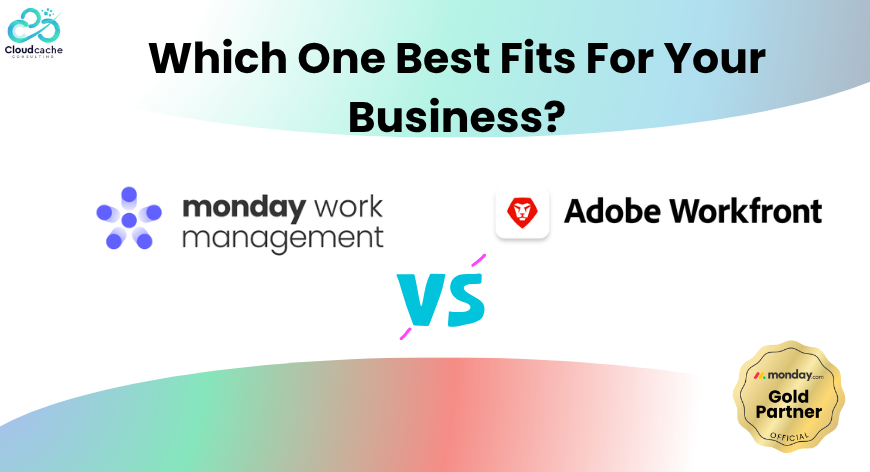
monday Work Management vs Adobe Workfront : which one best fits for your business needs?
Selecting a work management CRM platform is always a mindboggling task. In market, one option you have monday Work Management (part of the broader monday Work OS) — a highly visual, flexible platform that prizes ease-of-adoption and configurability. On the other side you have Adobe Workfront — another work management platform with depth in portfolio, resource and demand management.
monday Work Management vs Adobe Workfront
Below we dug deep at where each product stands, what are limitations of each, and how to pick one between them.
Product personalities: flexibility vs. Structure
monday Work Management markets itself as a “Work OS” — a canvas for teams to build tailored workflows, dashboards and automations without heavy IT overhead. It’s designed to be visual, fast to onboard, and adaptable across teams (marketing, operations, product, sales, HR).
Adobe Workfront (now positioned inside Adobe’s enterprise portfolio) leans into deep, enterprise-grade planning: request intake, portfolio management, resource planning, financial governance and complex approval flows. Workfront is built for organizations with heavy cross-functional dependencies, strict governance, and where managing capacity and demand centrally delivers measurable value (think large marketing organizations, agencies, and IT PMOs). It favours structure and scale over out-of-the-box simplicity.
Who should evaluate which
Choose monday if your organization needs an adaptable platform teams will actually adopt quickly.
Workfront’s strengths are in formalizing intake, measuring portfolio health, and giving PMOs the control they need to prioritize, and staff work across many teams.
Ease & onboarding
Monday work management is highly preferable among users in the market. High reviews online justify it. Workfront, while powerful, typically requires more planning, governance and training to unlock its full value; that’s not a flaw so much as the trade-off of adopting a governance-first system. If your priority is fast adoption across distributed teams, monday’s UX-led approach usually wins.
Feature depth:
workflows, portfolio, and resource management
- Workflows & automations: Both platforms offer automations and rule-based workflows. monday emphasizes citizen-builder style automations that non-technical users can create; Workfront provides deeper enterprise workflow orchestration suitable for strict approval chains.
- Portfolio & demand management: Workfront was designed with portfolio lenses in mind — prioritisation frameworks, strategic scoring and demand queues. monday has portfolio views and dashboards that are continually maturing, but Workfront still tends to be the preference for heavyweight portfolio governance.
- Resource management: If you need fine-grained capacity planning, blended staffing models, utilization reporting and scenario modelling, Workfront’s resource capabilities are more mature. monday provides resource views, time tracking and allocation, and is fast improving in this area — often enough for teams with less rigid resource governance.
Integrations and ecosystem
monday’s open marketplace and large library of native integrations (Slack, Microsoft 365, Google Workspace, Zapier/Make, CRMs, etc.) make it simple to connect the tools teams already use. Workfront integrates deeply with Adobe’s creative stack (Experience Cloud) and enterprise tooling, which can be critical for marketing organizations that rely heavily on Adobe products. If your stack is Adobe-heavy and you need native creative asset and proofing integrations, Workfront’s integration story is compelling.
Pricing and TCO considerations
Pricing models differ: monday offers tiered plans aimed at a range of team sizes, often praised for transparent per-seat pricing and a comparatively low barrier to entry. Workfront tends to be sold as an enterprise solution with pricing and packaging that reflect its depth — historically this has meant larger minimum commitments and a procurement cycle more typical of large enterprises. That matters total cost of ownership (TCO) for Workfront often includes professional services, governance setup, and longer deployment timelines; monday’s TCO tends to be lower for smaller to mid-sized deployments.
Strengths & Limitations
- monday strengths: extremely flexible boards, rapid time-to-value, and visualizations, strong user adoption, vibrant partner ecosystem and templates. Great for teams that iterate often and need visible, collaborative workspaces.
- monday weaknesses: for very complex portfolio governance or deeply regulated resource planning, you may need to supplement with additional controls or advanced configuration.
- Workfront strengths: enterprise governance, demand and resource planning, native creative workflow support for marketing teams embedded in the Adobe ecosystem. It’s a natural fit where formal intake, approvals, and capacity modelling are mandatory.
- Workfront weaknesses: longer implementation time, steeper learning curve, and higher initial investment. Some smaller teams find it more heavyweight than they need.
How to evaluate them in your organization
- Map your decision drivers. Are you buying for speed and adoption or for central governance and portfolio control?
- Pilot with real work. Run a three-month pilot using a real campaign or delivery pipeline, not just demo data.
- Estimate TCO realistically. Include integration, training, and process redesign costs.
- Check the ecosystem fit. If you’re Adobe-heavy (creative assets, proofs), Workfront may save integration headaches; if you use diverse cloud tools and need fast connectors, monday’s marketplace may be smoother.
- Plan to change management. Adoption is where projects succeed or fail — the platform is only an enabler.
Final words
Both platforms are very good — monday Work Management for speed, flexibility and everyday team adoption; Adobe Workfront for enterprise-level governance, resource planning and marketing operations at scale. The right choice is rarely purely technical — it’s organizational. Small and mid-market teams often find monday’s balance of usability and configurability irresistible. Large organizations with formalized intake and resource constraints typically benefit from Workfront’s depth.
If you’d like expert help evaluating both platforms against your current processes, CloudCache Consulting specializes in CRM and work-management implementations and can run a fit-gap, pilot strategy and migration plan to make adoption smooth and measurable. We help map requirements to product capabilities, and — when needed — implement monday Work Management or enterprise alternatives. You can also check our client testimonials on Upwork.
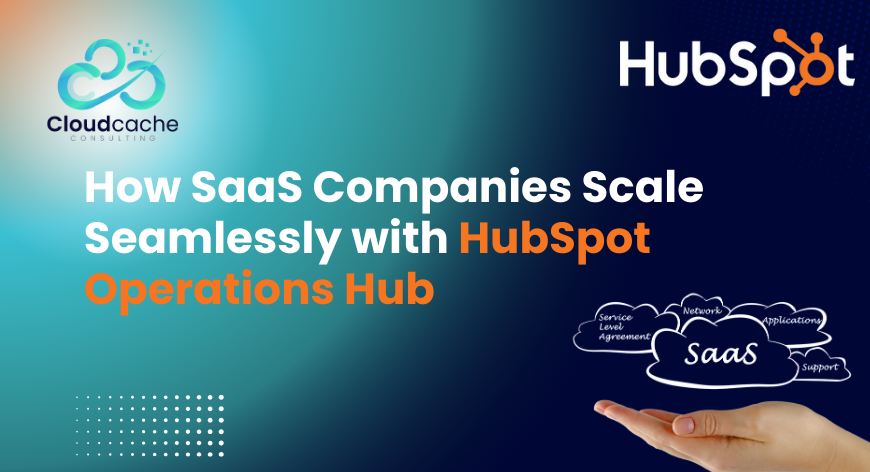
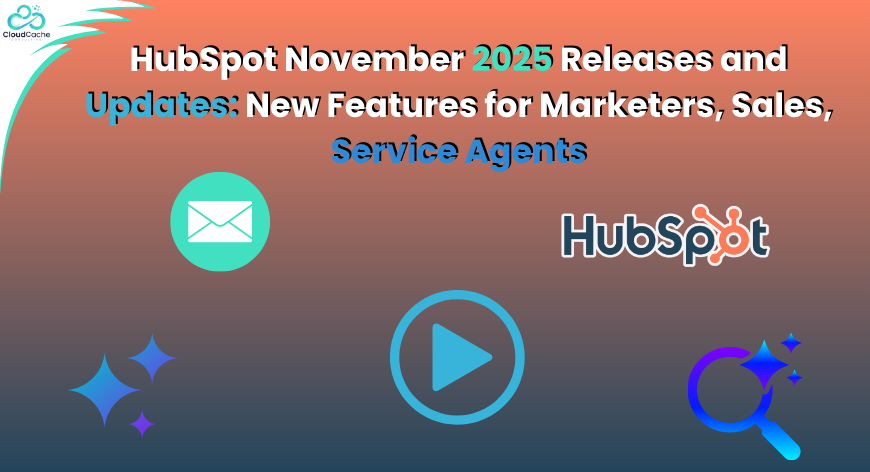

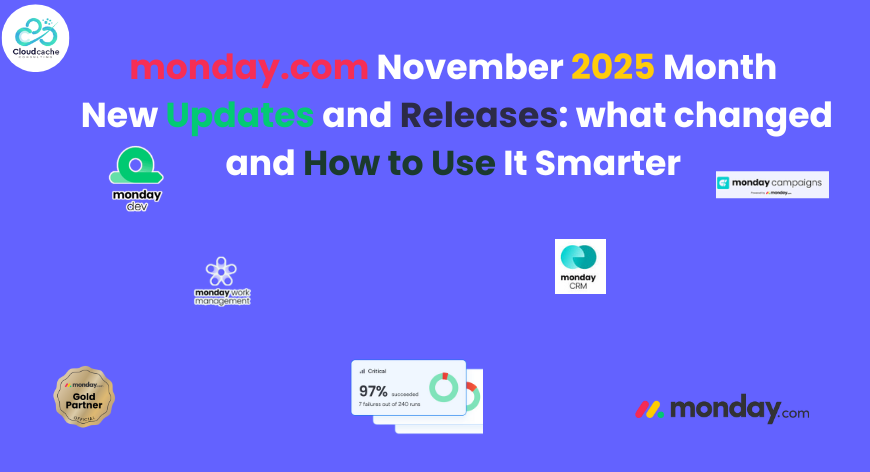

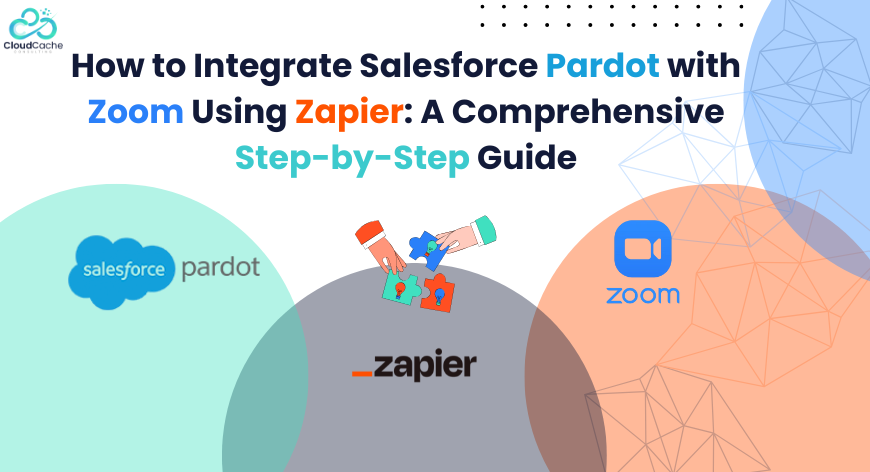
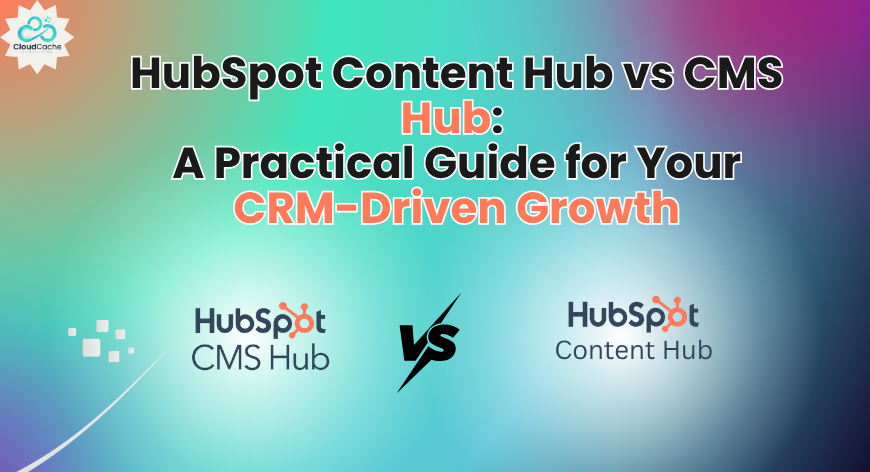
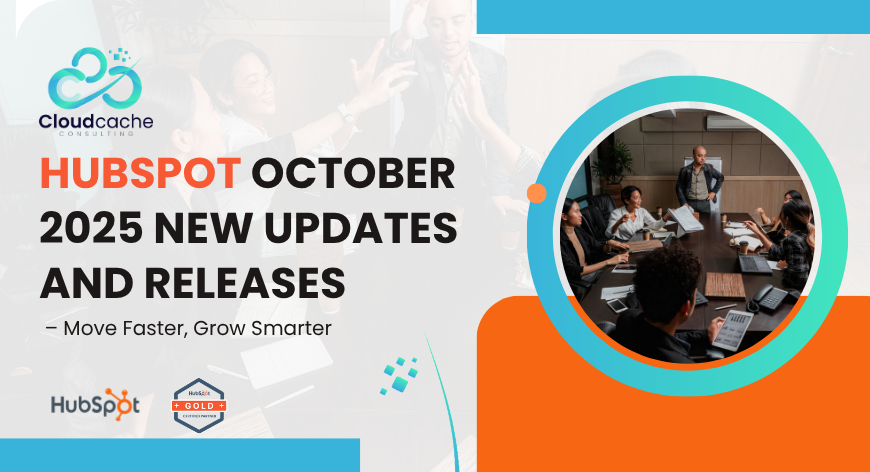
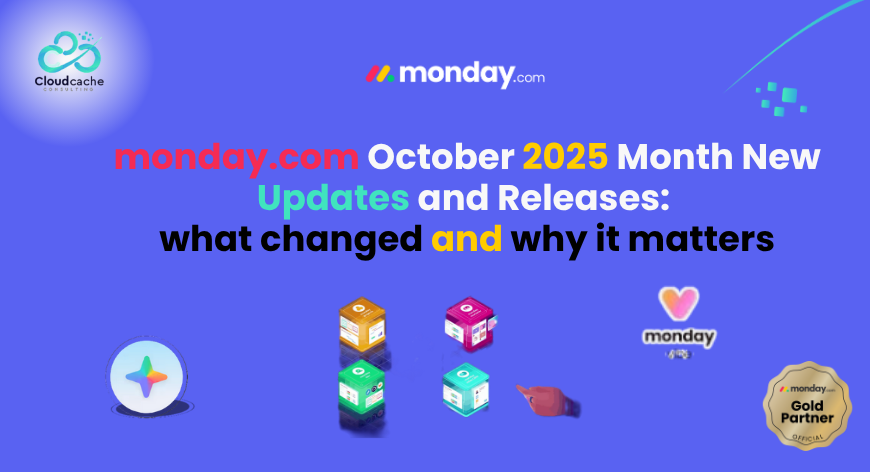


Leave a Reply
Your email address will not be published.